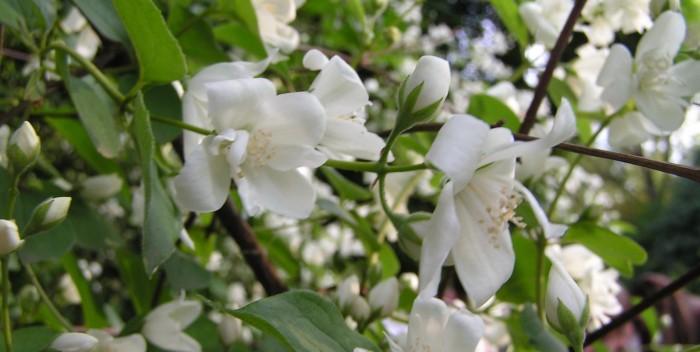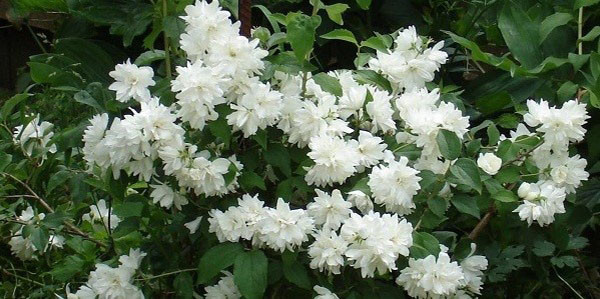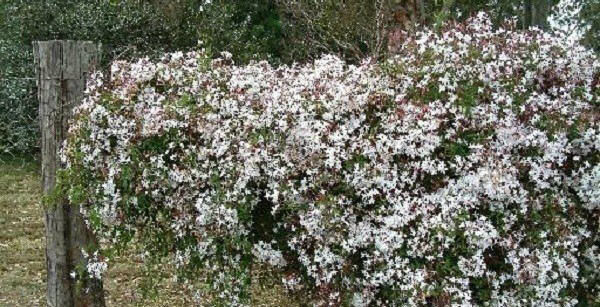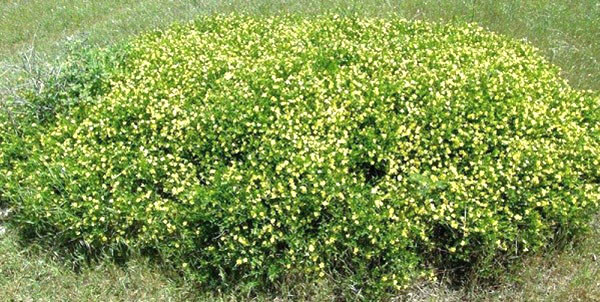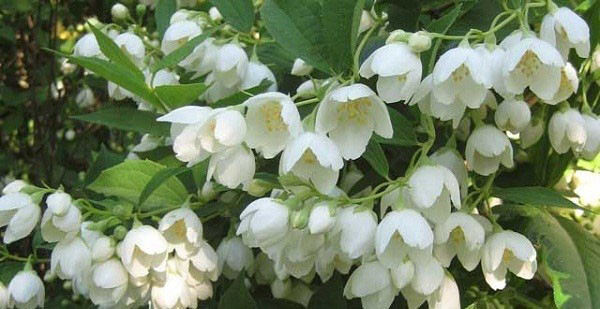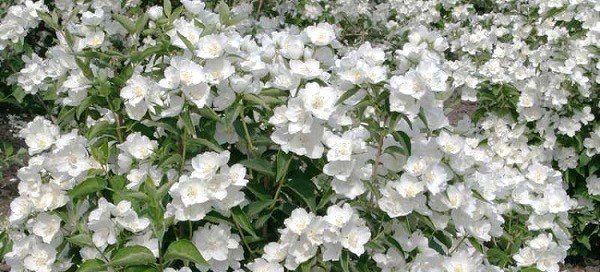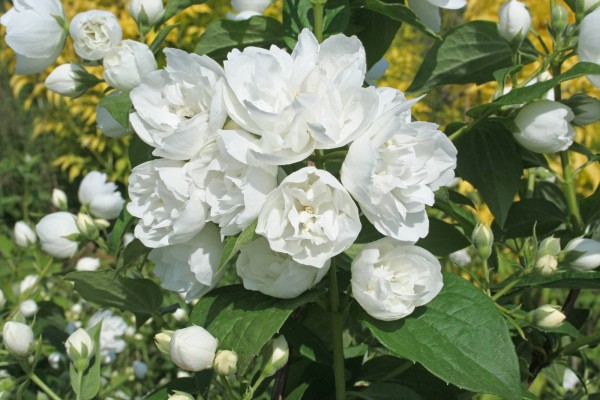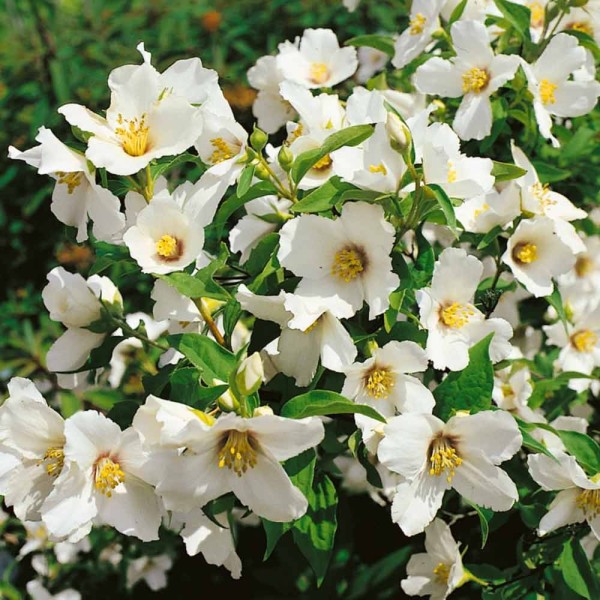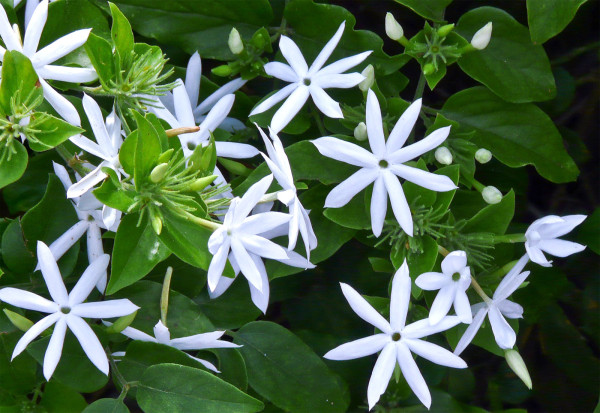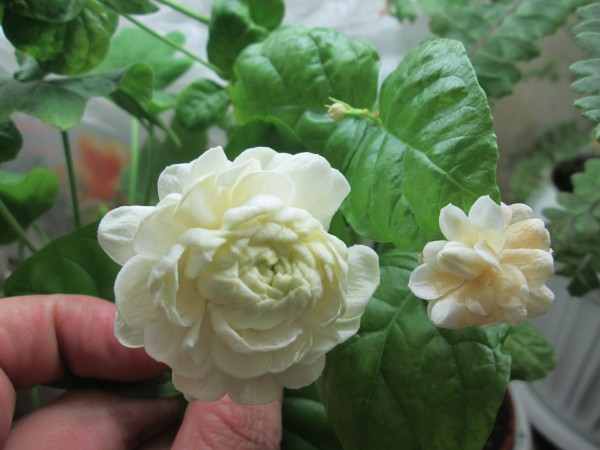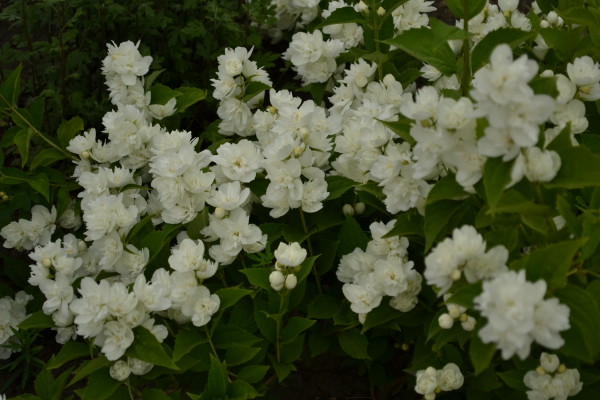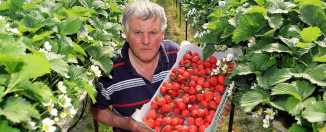Jasmine: planting and care
It is customary to refer to the Olive plants a perennial plant called Jasmine. Its bushes are distinguished by beautiful, exquisite flowers with an extraordinary aroma, reminiscent of strawberries. Some time ago, this plant was grown exclusively in a favorable warm climate. Now varieties have been bred that feel great in our country.
Jasmine varieties
One of the varieties of jasmine, related to the variety of terry, is called Virginal. This garden jasmine is a shrub up to 3 meters long with erect shoots and large decorative leaves. The foliage has a bright green tone, which changes to a bright yellow color with the onset of autumn. The flowers of this variety are large and white in color. Flowering begins in late June and lasts about a month.
Jasmine Sambac is a climbing shrub that can grow up to three meters in height. Flowers of this variety can be double or semi-double, white and with a strong aroma. Unlike other varieties of jasmine, this one only opens its flowers at night.
Shrub jasmine is a one and a half meter high bushes with bright green shoots. Its flowers are bright yellowish in color, taken in corollas of 5 pieces. The flowering period of this variety begins in the last days of May and lasts until the last days of July.
Jasmine with the name Airborne Landing forms two-meter bushes with straight branches. The plant blooms for a month, flowering begins in late July. White or cream-colored flowers of this variety are collected in inflorescences, located along the entire length of the branches.
Jasmine with the name Ermine Mantle forms small bushes no higher than a meter. The flowering period of this jasmine variety is one and a half months and begins in the last days of May. Terry flowers of a snow-white shade smell strongly with a pleasant sweetish aroma.
Planting jasmine
Any soil is suitable for jasmine, but the plant will feel best in fertile soil from a mixture of 2 parts of humus, 1 part of sand and 3 parts of turf. Also in progress landing shrub, add 30 g of nitrophoska. Excess moisture for jasmine is destructive, so a good drainage layer is needed, consisting of broken brick, pebbles or gravel at least 15 cm thick.
It is best to place the shrub in an open, sunny location. If several bushes are planted at the same time, the distance between adjacent ones should not be less than 1 meter. It is best to plant the shrub in the spring, this will give time for the rooting of the jasmine, but if necessary, it can be planted in the fall.
Landing is carried out according to the following plan:
- Dig a hole with sides of 60 cm and the same depth.
- Arrange drainage, add a little soil and nitrophosphate.
- The jasmine bush is lowered into the hole and the roots are evenly distributed, covering them with soil. In this case, the base of the bush should be deepened by no more than 2 cm.
- The soil is tamped and watered with 2 buckets of water.
- To prevent moisture evaporation, the soil around the shrub is mulched.
Jasmine care
For the correct formation of the shrub, it is necessary to regularly make feeding... In the first year, jasmine is fed with a slurry solution by dissolving a liter of manure in a bucket of water. After that, mineral fertilizers are applied twice a year. For the first time, this is done in mid-May, by introducing complex fertilizer. The second time, the jasmine is fed after the end of the flowering period.
To water jasmine is needed abundantly and often. With a lack of water, the plant becomes lethargic, the flowers become smaller, and the foliage becomes pale. In addition, the soil around the shrub must be loosened and removed. weeds as it grows. Each loosening should be completed with the introduction of peat mulch.
In the spring, the jasmine bush must be pruned, removing old, broken and diseased branches. It is also necessary to cut out shoots if the shrub is too overgrown. This rejuvenates the shrub and promotes vigorous growth and abundant flowering.
Jasmine transplant
It is best to replant jasmine in early October. Previously, the bush is tied with ropes to prevent branches from breaking. After that, the soil around the bush is watered with six buckets of water to soften it and facilitate the process of extracting the bush.
Then the bush is dug, stepping back 30 cm from the trunk and undercutting the root system. At this moment, the extracted bush can be cut into several parts, thereby multiplying the plant.
Dig holes about 60 cm in diameter for replanting, on the bottom of which place a layer of drainage and about 1.5 kg of rotted manure. Pour two buckets of water over it and wait half an hour. In a previously prepared hole with a prepared drainage layer and applied fertilizers, place a bush, straightening the roots. Water the root system with a special agent for better rooting and cover with soil. After that, the branches of the bush are freed from the fetters and the bush is watered abundantly. Be sure to mulch the soil around the jasmine with bark or needles.
An adult plant in a new place will take root much longer than a young one. Therefore, it is better to select places for transplanting on the southern side of the site, where there is more heat. If you plant a plant on the north side of buildings, it will suffer from a lack of lighting and may not take root.
